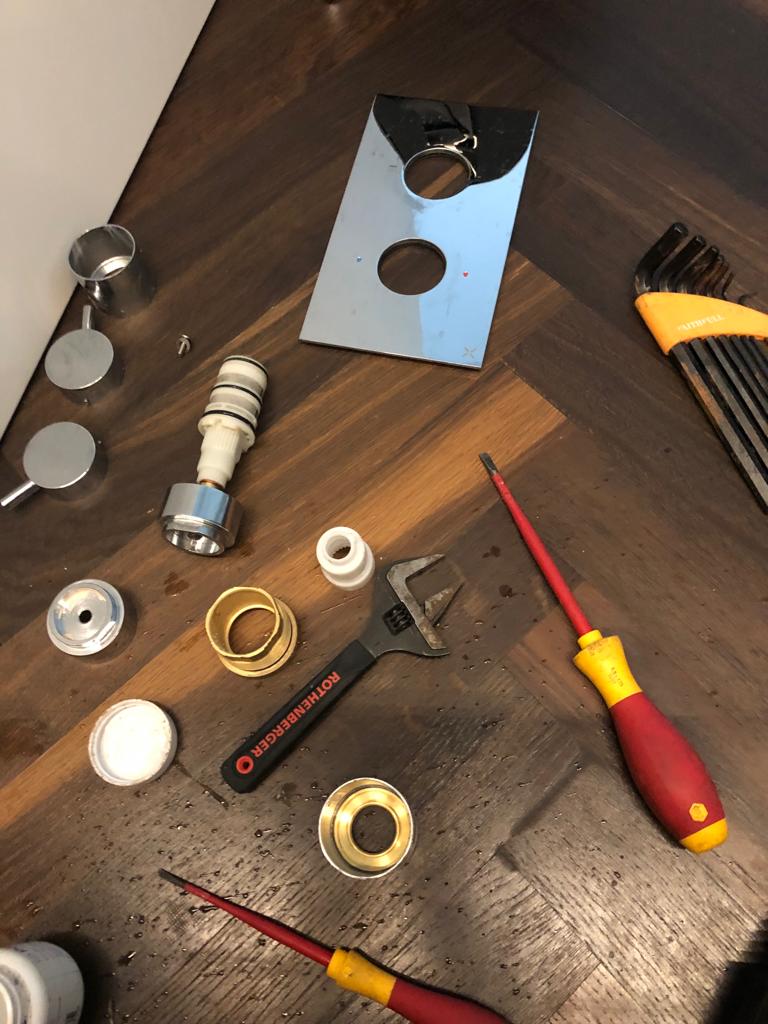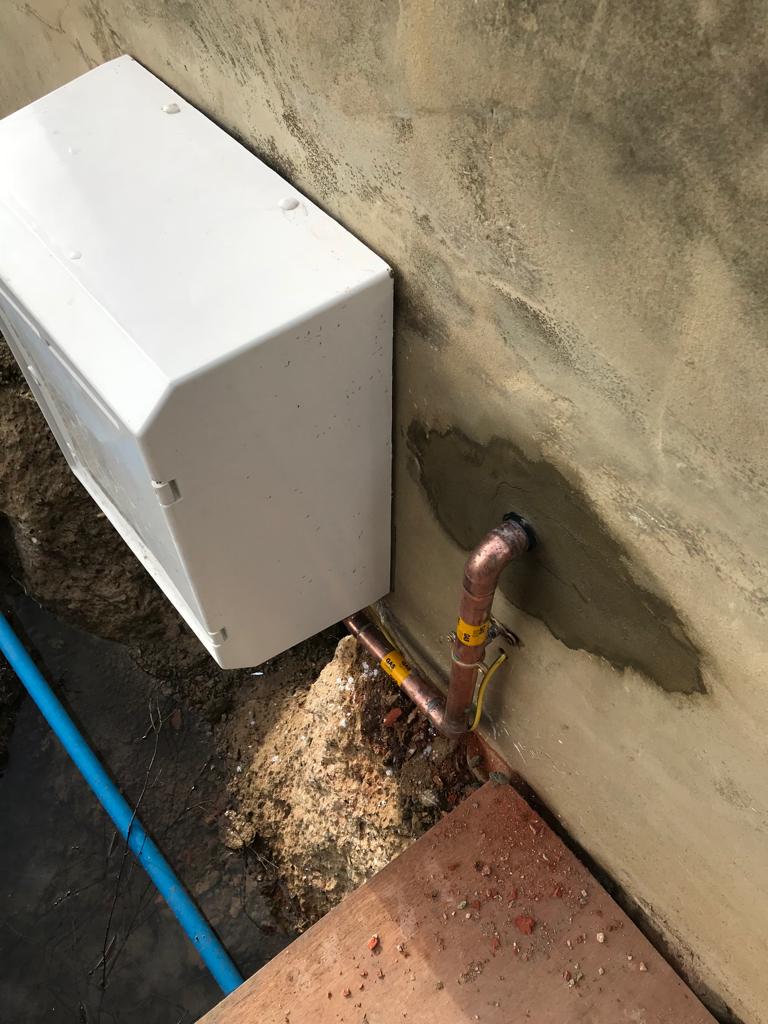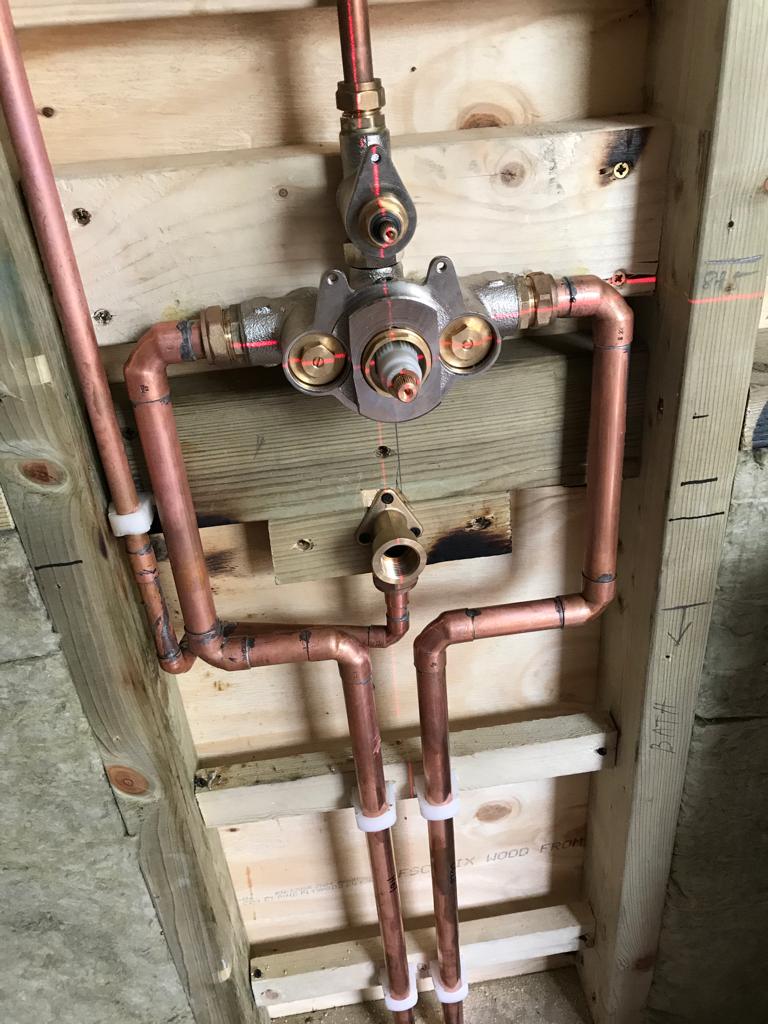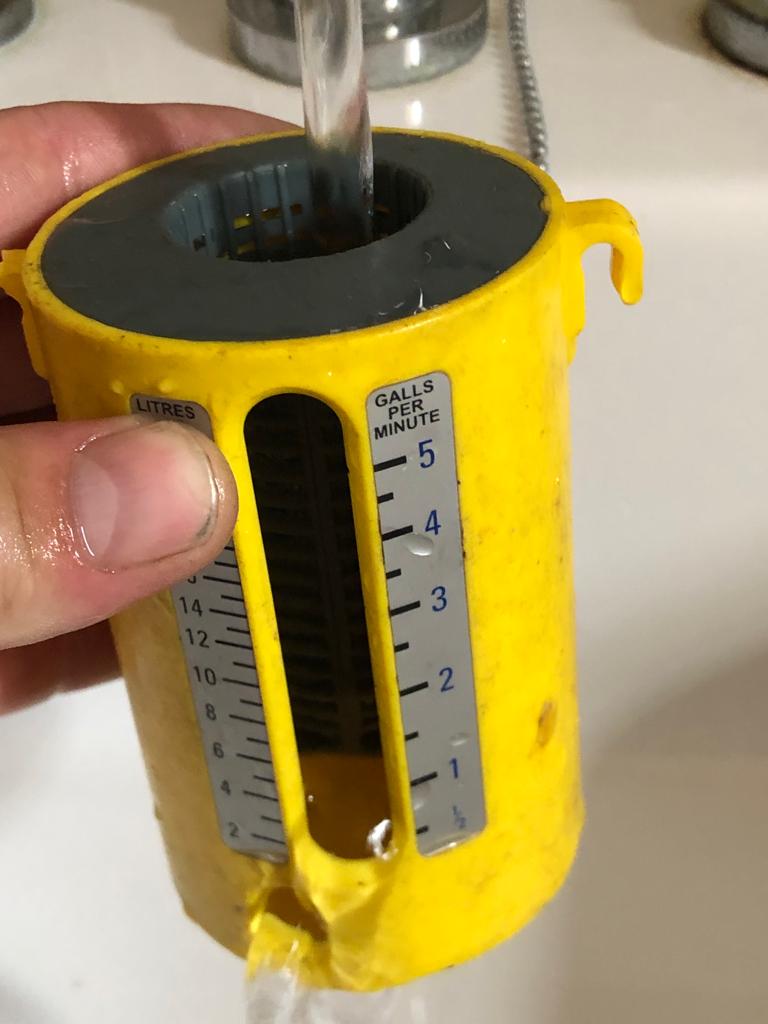What Is Drainage Testing?
Drainage testing is an excellent way to check if a pipe has leaks and if it is leaking into the ground. This is one of the worst problems a property can have, excess water on the ground can enter the foundations and result in subsidence and affect the structural integrity of your home. Therefore testing and subsequent treatment are priorities that every homeowner needs to be aware of.

Sometimes a problem with your drains Is easy to spot, like a blocked drain, and get sorted out, but on other occasions, there may be a serious problem but no signs or symptoms to let us know. Or there may be signs indicating a problem but you can’t find it! Well, you don’t need to worry about it anymore!
With drainage testing as part of our professional drain services, we can determine if there are any problems. Drain testing can also be used to check if there is any damage or potential issues, which can save you possible future problems and large repair bills.
Following drainage testing we can give you a detailed account of the conditions of your drains and whether you need our services, or that everything is in great condition and you won’t need plumbing services anytime soon.
Drainage Testing Techniques
There are 2 main drainage testing techniques, the Drainage Air test and the Drainage Water test. and there are different advantages for each. The method used depends upon the type of drain and the problem that Is being tested for.
Drainage Air Test

This is a quick and precise technique which is used to test that single pipes and drain runs are working efficiently. The section of the pipe that needs to be tested is isolated using plugs and is tested using 2 different pressures for 5 minutes each. Any changes in pressure are measured and recorded and can be used to determine the problem. The air test is a very simple, quick and effective method for drain problems. Although it can only be used on pipes that can be capped at both ends, it can also only be used on single pipes and single drains.
How an Air Test Works
- Airtight plugs are inserted into the pipe to isolate the part of the pipe that is to be tested.
- A drain pressure gauge sets the pressure to 110 mm head for 5 minutes.
- The pressure is then adjusted to 100 mm head for another 5 minutes.
- Any change in pressure is measured and recorded.
Water Drop Test for Drainage
This method is not as precise as the air test and it also takes 2 hours to set up., but it is comprehensive and can be used to test a whole drainage system. This test works under low pressure, the downstream end of the dram is isolated by plugging it. Then the system is flooded and the water levels at different parts are monitored. typically either a manhole or a pipe access point.

How a Water Drop Test Works
- The downstream end of a dram is capped with an air-tight bing
- The system is flooded with water
- The water levels at the manhole are monitored.
- After the water has been filled to the manhole it needs to be left for fire minutes
- The water should then be topped up again and then left for further 10 minutes and then topped up again.
Filling a chamber to the top of water means that no additional pressure will affect the drop test. So, the head of the water should be minimal and If possible kept to 1.5 metres measured from the lowest invert level of the drain that is under testing.
By measuring the differences in the water level you can calculate the leakage rate of the drainage system. A reduction of less than 25mm in 10 minutes Is an average reading.
Drainage Testing Summary
Once we have identified the problem using these methods we can get to repairing the drain or pipe. If you have any issues with your pipes, or just want to prevent future damages, contact without company today!


